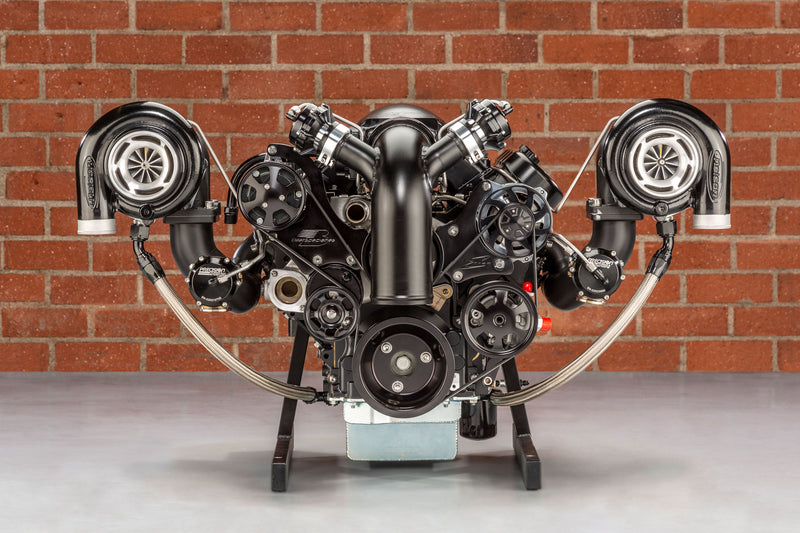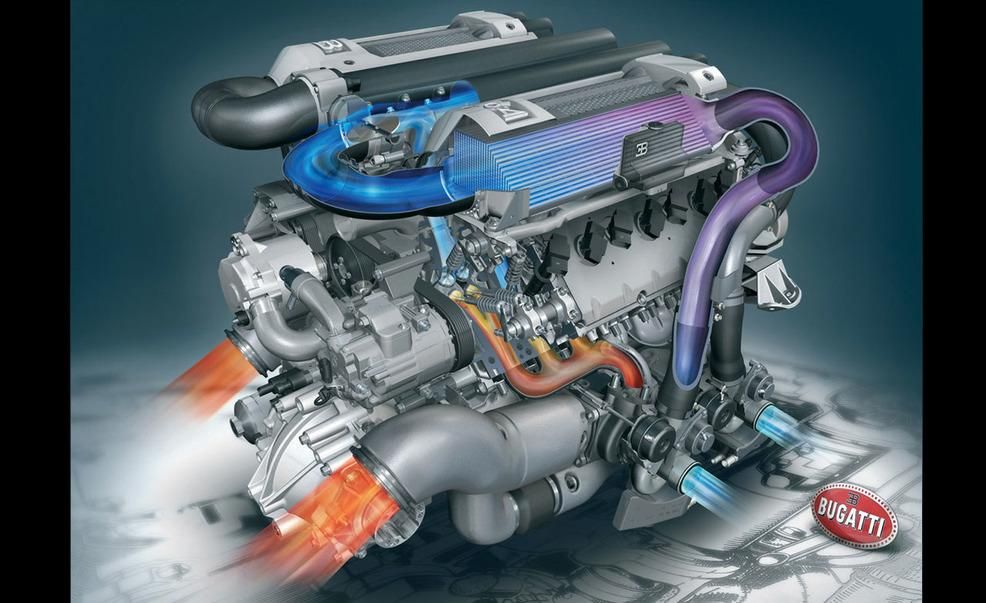Engines for Africa Available Currently! Visit Our Trusted Auto Parts Store
Engines for Africa Available Currently! Visit Our Trusted Auto Parts Store
Blog Article
The Pursuit for Ultimate Driving Power: Checking Out the Pinnacle of Engine Efficiency and Technological Developments in the Automotive Sector
In the realm of vehicle design, the quest of optimum driving power has actually been an unrelenting pursuit that has actually unravelled via the advancement of engine layout and the integration of advanced modern technologies. From the thorough workmanship of burning engines to the fast developments in electric propulsion systems, the automobile industry stands at the cusp of a new era characterized by unprecedented efficiency capacities.
Advancement of Engine Style

Additionally, the assimilation of turbocharging and turbo charging innovations has reinvented engine design by increasing power without dramatically boosting engine dimension. These forced induction systems compress the consumption air, enabling more gas to be ignited, therefore generating higher power result from a smaller sized engine. This improvement has actually been particularly crucial in boosting the performance of smaller sized displacement engines while keeping fuel efficiency criteria.

Performance-Enhancing Gas Technologies
The implementation of sophisticated gas technologies has substantially added to enhancing engine performance in modern-day vehicles. From conventional gas and diesel to innovative biofuels, artificial fuels, and hydrogen, the automobile industry is seeing a revolution in gas choices. Biofuels, originated from sustainable sources like corn, algae, or sugarcane, offer boosted and lowered discharges engine performance. Artificial fuels, created with chemical procedures, supply high octane rankings, improving power outcome. Hydrogen gas cells, although still in the onset of adoption, reveal wonderful promise because of their zero-emission nature and capacity for high performance. In addition, fuel additives and cleaning agents are being formulated to tidy engine elements, optimize burning, and minimize friction, thus increasing total automobile performance. With continuous r & d, the quest for the best driving power continues, as engineers aim to open the full capacity of performance-enhancing fuel modern technologies in the automotive industry.
Innovations in Electric Propulsion
Substantial strides in electric propulsion modern technology have revolutionized the auto sector, leading the way for a new period of efficient and sustainable transportation. Electric automobiles (EVs) are gaining popularity due to their environmental advantages and innovations in battery modern technology, allowing longer driving arrays and much shorter billing times. Makers are spending heavily in r & d to improve the performance of electric propulsion systems, concentrating on enhancing power outcome, enhancing power performance, and minimizing general weight.
One remarkable innovation in electrical propulsion is the advancement of advanced electrical motors that provide higher torque and power density, causing enhanced acceleration and overall driving performance. Furthermore, regenerative braking systems have actually been refined to save and capture power throughout deceleration, further increasing the performance of EVs.
Moreover, the integration of smart technologies, such as expert system and predictive analytics, is maximizing the administration of electrical propulsion systems, making sure ideal performance under different driving conditions. These advancements in electrical propulsion are improving the automobile landscape, driving the sector in the direction of a much more sustainable and energized future.
Effect of Computational Fluid Dynamics
With innovations in electrical propulsion pushing the boundaries of automobile technology, the integration of Computational Fluid Dynamics is playing an browse around this web-site essential function in enhancing wind resistant efficiency and enhancing total performance in vehicle design. Computational Liquid Dynamics (CFD) involves using computer simulations to assess the flow of air around a vehicle, enabling designers to forecast exactly how layout changes will affect the rules of aerodynamics without the need for costly physical prototypes. By properly modeling airflow patterns, CFD enables the improvement of lorry shapes to minimize drag, boost cooling, and boost stability.
One trick benefit of using CFD in car layout is the capacity to iterate swiftly, exploring many layout variants to determine one of the most aerodynamically effective options. This repetitive procedure causes lorries that are not just sleeker and more visually appealing but likewise a lot more environmentally friendly and fuel-efficient. In addition, CFD enables designers to maximize airflow around components such as radiators, engine bays, and wheel wells, adding to improved performance and overall driving experience. Finally, the combination of Computational Fluid Dynamics represents a significant progression in the pursuit for best driving power and performance in the automobile market.
Future Patterns in Engine Innovation
In the vibrant landscape of automotive design, advanced innovations are forming the future trajectory of engine innovation. The future of engine layout is noted by a solid focus on performance, efficiency, and sustainability. Manufacturers are increasingly concentrating on developing engines that not just deliver high power outcomes but likewise focus on environmental duty by minimizing emissions and improving gas efficiency.
One famous trend in engine advancement is the surge of electrification. Hybrid and electrical powertrains are acquiring grip as viable options to typical combustion engines. These innovations supply the potential for significant decreases in carbon exhausts and increased energy effectiveness, straightening with global efforts to deal with environment change.
Moreover, developments in products science and manufacturing methods are enabling the manufacturing of lighter and a lot more durable engine elements. This shift in the direction of light-weight materials such as carbon fiber and light weight aluminum alloys adds to enhanced performance and fuel economy.
Conclusion
To conclude, the pursuit of utmost driving power in the automotive sector proceeds to drive advancements in engine style, gas innovations, electrical propulsion, and computational Click This Link liquid characteristics. The evolution of these technologies is shaping the future of engine development, leading the way for much more reliable and powerful automobiles (engines for africa). As the industry remains to press the borders of what is feasible, we can anticipate to see even a lot more revolutionary growths in the quest for peak performance
One of the vital turning points in engine layout evolution is the transition from conventional carbureted engines to contemporary fuel-injected systems. By precisely metering the fuel distribution to each cyndrical tube, fuel-injected engines enhance combustion, resulting go to this site in better efficiency and minimized ecological effect.
Moreover, the combination of turbocharging and turbo charging modern technologies has revolutionized engine style by improving power without substantially enhancing engine dimension (engines for africa).The application of advanced gas technologies has actually considerably added to improving engine performance in modern-day automobiles. Additionally, fuel additives and cleaning agents are being formulated to clean engine parts, optimize burning, and reduce rubbing, thereby improving overall automobile performance
Report this page